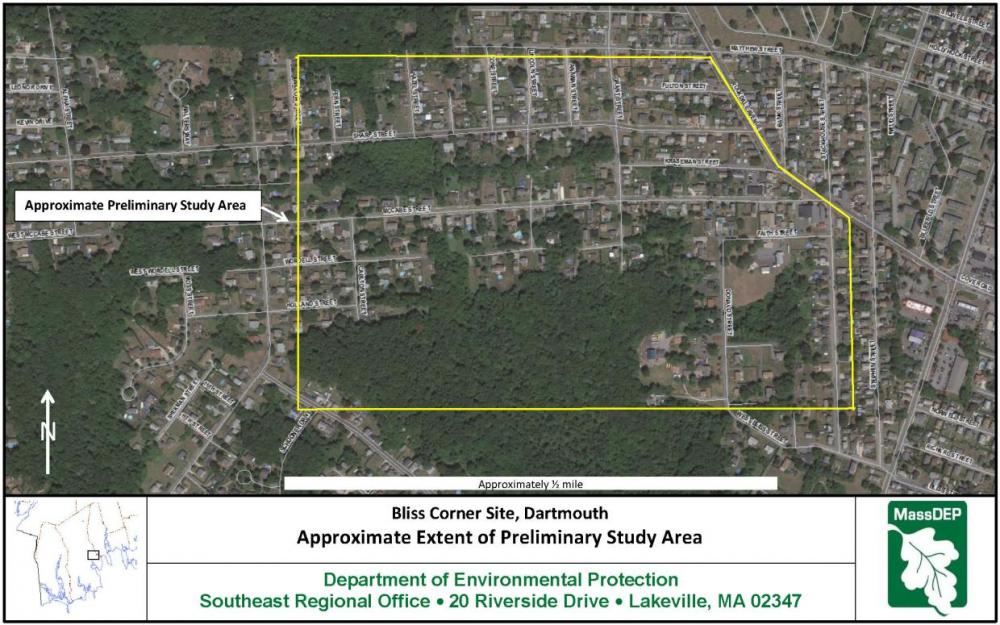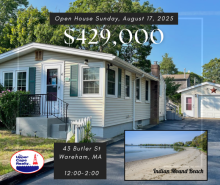Bliss Corner cleanup scheduled to start later this month
The process of cleaning up toxic soil surrounding five Bliss Corner properties will begin later this month, the U.S. Environmental Protection Agency has announced.
Workers will be at the five sites starting in late October to evaluate and prepare for excavation, which will likely begin in November, an agency spokesperson said.
Under the EPA’s cleanup plan, the agency will remove soils to a depth of 3 feet below ground surface or until the state’s standard for lead (200 parts per million) or total PCB (1 parts per million) is achieved
The initial stages of cleanup will include some evaluation and staging, an agency spokesperson said.
The EPA will set up for the site work and bring in heavy equipment to excavate and remove contaminated soils and then back-fill the properties with clean soil.
Contaminated soil will be kept contained until transportation and disposal is coordinated and completed. The agency will then restore the properties to their original conditions.
Last month, the agency authorized “removal action” — a type of cleanup used to mitigate the threats to human health and the environment — in the South Dartmouth neighborhood after identifying dangerously high levels of contaminants in soil surrounding five homes.
In a memo dated Sept. 14, the EPA noted that lead concentration around all five homes exceeded the agency’s “removal management level” of 400 parts per million — the level at which cleanup is recommended.
The highest observed result for lead was 2,689 parts per million — more than 10 times the state standard for lead.
All five properties are currently occupied. The EPA refuses to identify the parcels.
The Bliss Corner neighborhood — now thought to have been a historic dumping site — was found to have dangerously high levels of contaminants during construction activity at 85 McCabe St. and 20 Kraseman St. in early 2019.
Since then, 74 properties have been looked at for possible contamination.
According to the EPA, soil around 20 Bliss Corner properties were well above the federal lead level, while one home exceeded the federal level for polychlorinated biphenyls — also known as PCBs — with more than 23 parts per million.















